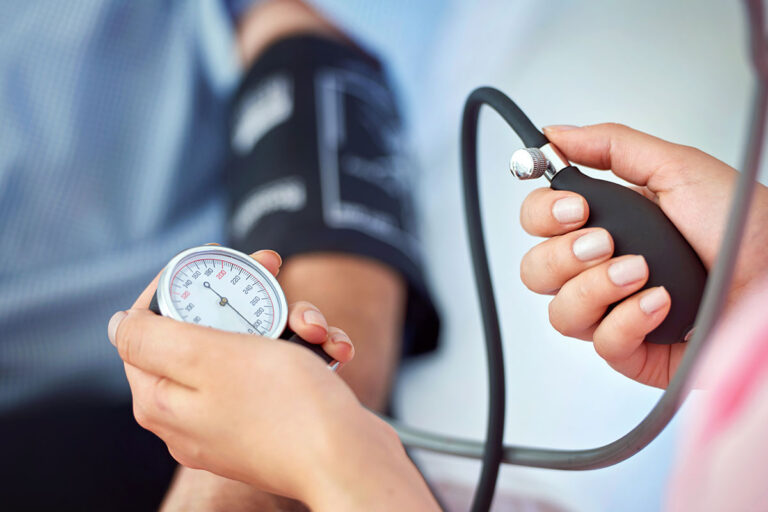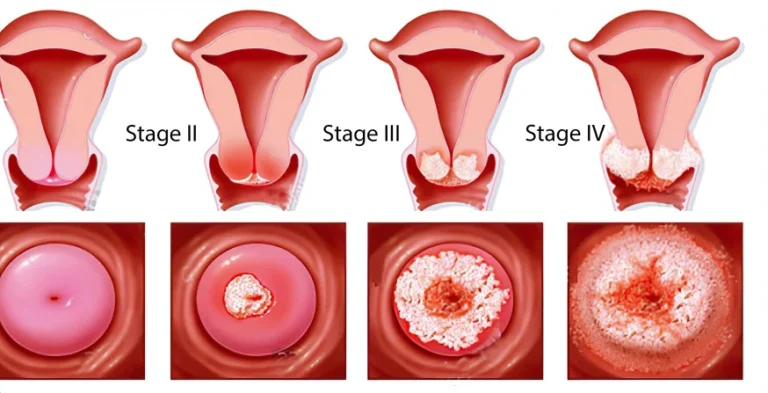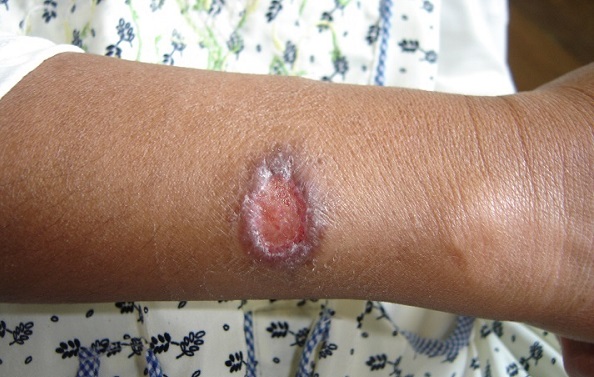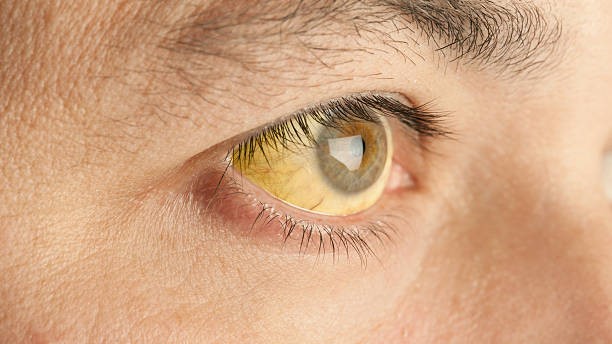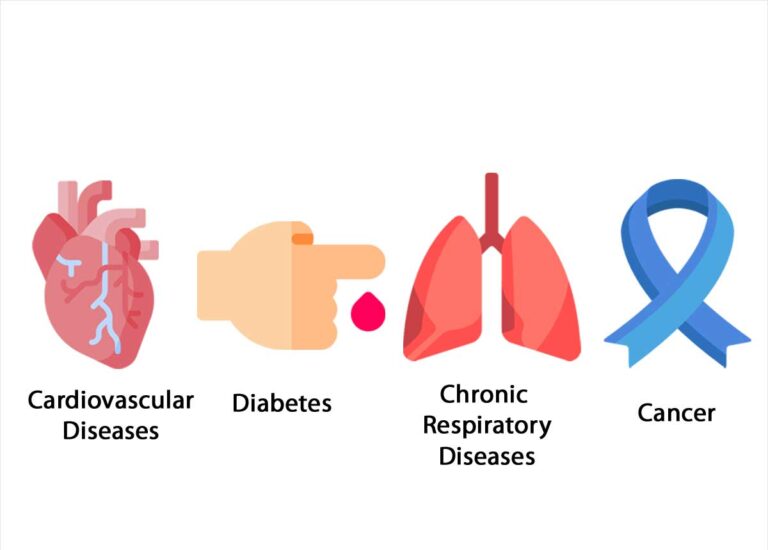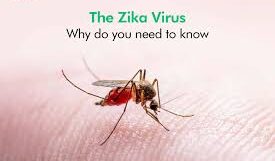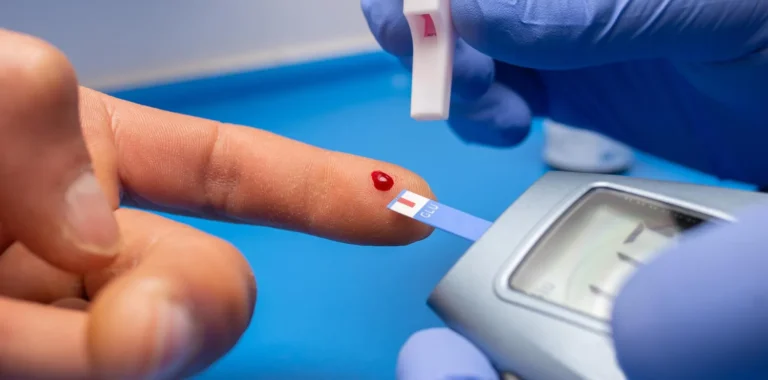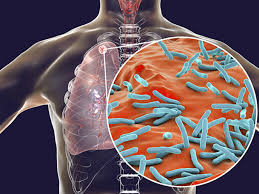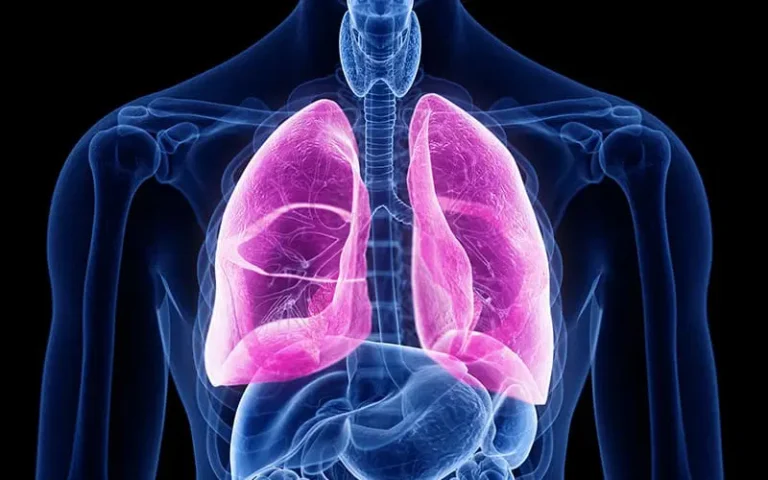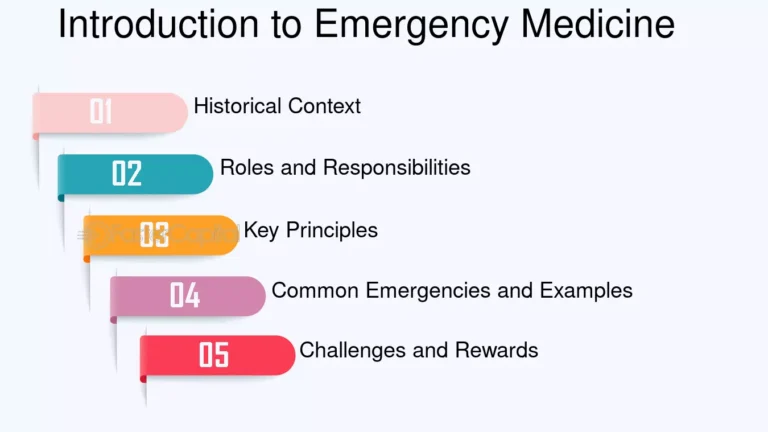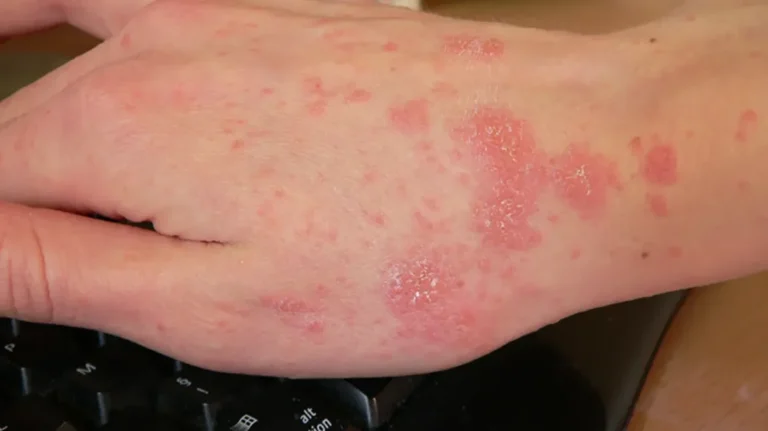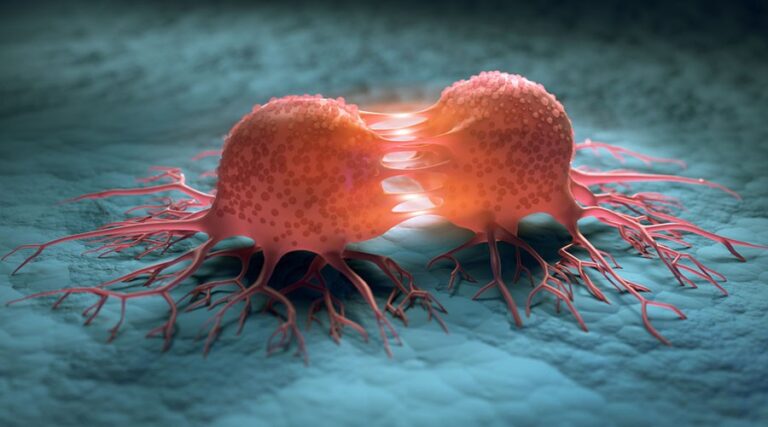Diabetes
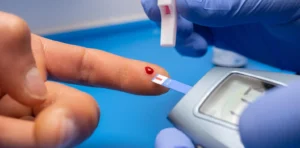 Diabetes is a chronic metabolic disease characterized by elevated levels of blood glucose (or blood sugar), which, over time, can lead to serious damage to the heart, blood vessels, eyes, kidneys, and nerves. It occurs when the pancreas does not produce enough insulin, or when the body cannot effectively use the insulin it produces.
Diabetes is a chronic metabolic disease characterized by elevated levels of blood glucose (or blood sugar), which, over time, can lead to serious damage to the heart, blood vessels, eyes, kidneys, and nerves. It occurs when the pancreas does not produce enough insulin, or when the body cannot effectively use the insulin it produces.
Here’s a detailed overview of diabetes:
Understanding Insulin and Glucose:
- Insulin: A hormone produced by the pancreas that acts like a key to allow blood sugar to enter cells throughout the body.
- Glucose: A type of sugar that comes from the foods we eat.
It’s the body’s main source of energy.
When you have diabetes, your body either doesn’t make enough insulin or can’t use insulin properly. This causes glucose to build up in the bloodstream, leading to hyperglycemia (high blood sugar).
Types of Diabetes:
- Type 1 Diabetes:
- An autoimmune disease in which the body’s immune system attacks and destroys the insulin-producing cells in the pancreas.
- Typically diagnosed in children and young adults, but can occur at any age.
- Requires lifelong insulin therapy.
- An autoimmune disease in which the body’s immune system attacks and destroys the insulin-producing cells in the pancreas.
- Type 2 Diabetes:
- Occurs when the body becomes resistant to insulin or doesn’t produce enough insulin.
- The most common type of diabetes, often associated with lifestyle factors such as obesity and physical inactivity.
- Can often be managed with lifestyle changes, oral medications, and/or insulin therapy.
- Occurs when the body becomes resistant to insulin or doesn’t produce enough insulin.
- Gestational Diabetes:
- Develops during pregnancy in women who have not previously been diagnosed with diabetes.
- Usually disappears after delivery, but increases the risk of developing type 2 diabetes later in life.
- Prediabetes:
- A condition in which blood sugar levels are higher than normal, but not high enough to be diagnosed as diabetes.
- Increases the risk of developing type 2 diabetes, heart disease, and stroke.
- A condition in which blood sugar levels are higher than normal, but not high enough to be diagnosed as diabetes.
Symptoms:
Symptoms of diabetes can vary depending on the type and severity, but common signs include:
- Increased thirst.
- Frequent urination.
- Unexplained weight loss.
- Increased hunger.
- Blurred vision.
- Fatigue.
- Slow-healing sores.
- Frequent infections.
- Tingling or numbness in the hands or feet.
Complications:
Long-term complications of diabetes can be severe and include:
- Cardiovascular disease: Heart attack, stroke, and high blood pressure.
- Nerve damage (neuropathy): Causing pain, numbness, and tingling.
- Kidney damage (nephropathy): Leading to kidney failure.
- Eye damage (retinopathy): Causing vision loss and blindness.
- Foot problems: Including infections and amputations.
- Skin conditions: Such as bacterial and fungal infections.
- Hearing impairment.
- Alzheimer’s disease.
Prevention and Management:
- Healthy lifestyle:
- Maintaining a healthy weight.
- Eating a balanced diet.
- Engaging in regular physical activity.
- Regular monitoring:
- Checking blood sugar levels regularly.
- Monitoring blood pressure and cholesterol.
- Medications:
- Insulin therapy.
- Oral medications to lower blood sugar.
- Insulin therapy.
- Education and support:
- Learning about diabetes management.
- Joining support groups.
Key Points:
- Early diagnosis and treatment are crucial for preventing complications.
- Lifestyle changes play a significant role in managing and preventing type 2 diabetes.
- Regular checkups and monitoring are essential for people with diabetes.
It’s important to consult with a healthcare professional for accurate diagnosis, treatment, and management of diabetes.





